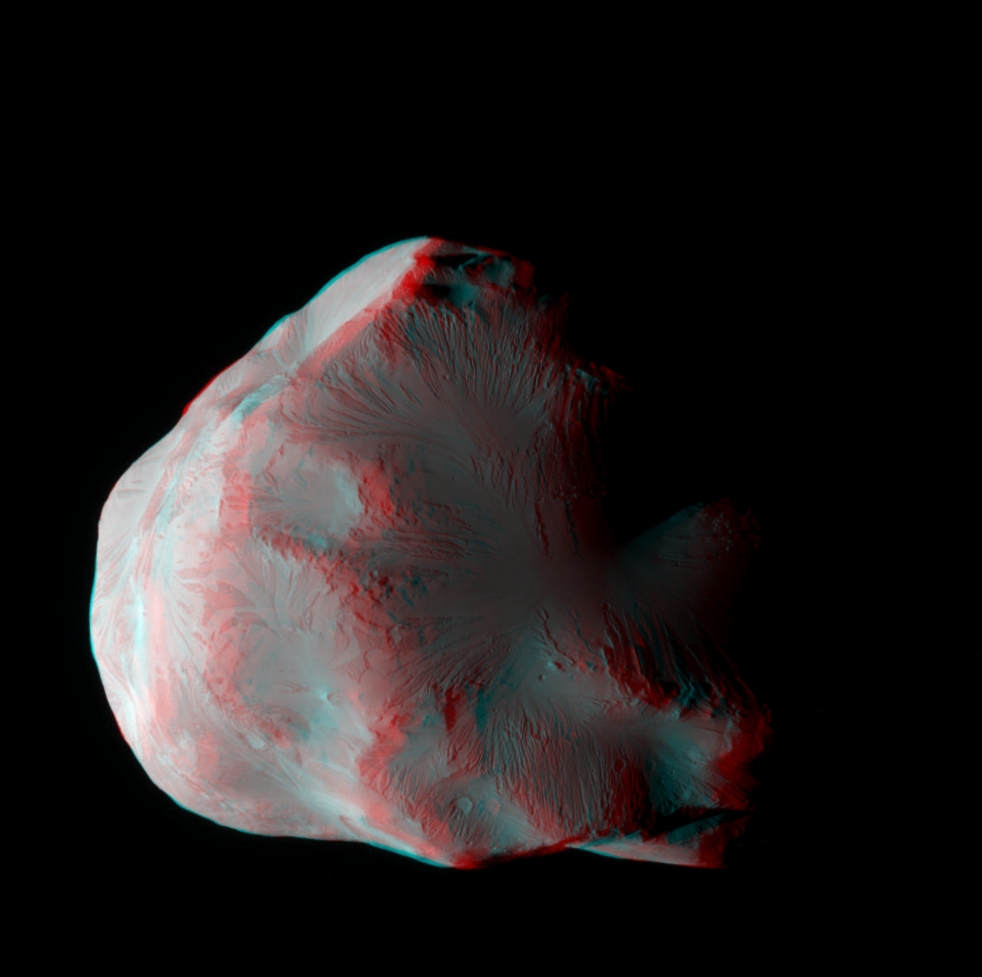The NASA GRAIL mission has been flying for about a year, two satellites orbiting the Moon at low altitude to create a detailed gravity map of our nearest neighbor. The project has been a total success, generating all kinds of new knowledge on the current density over different parts of the surface which can lead to knowing where to prospect for useful metals, volatiles, and other resources. But it has also revealed a lot about the surprisingly shallow and fractured crust, generated by the massive bombardments of rocks all the planets and moons of the solar system went through during the latter part of the formation of our solar system. Now the two orbiters are almost out of fuel and have been scheduled to crash into a remote area on the north pole of the Moon, to make sure they do not disturb any of our landing sites. Unfortunately, the event won’t be visible from Earth (the low on fuel detail means they have nothing left to explode), but these satellites have added greatly to our knowledge of the evolution of the planets and the available resources on the Moon for a very small monetary outlay. And don’t forget, every penny that was spent, was spent right here on Earth, so none of the money ever left the planet; it is still circulating, doing its part to help the economy get stronger.



